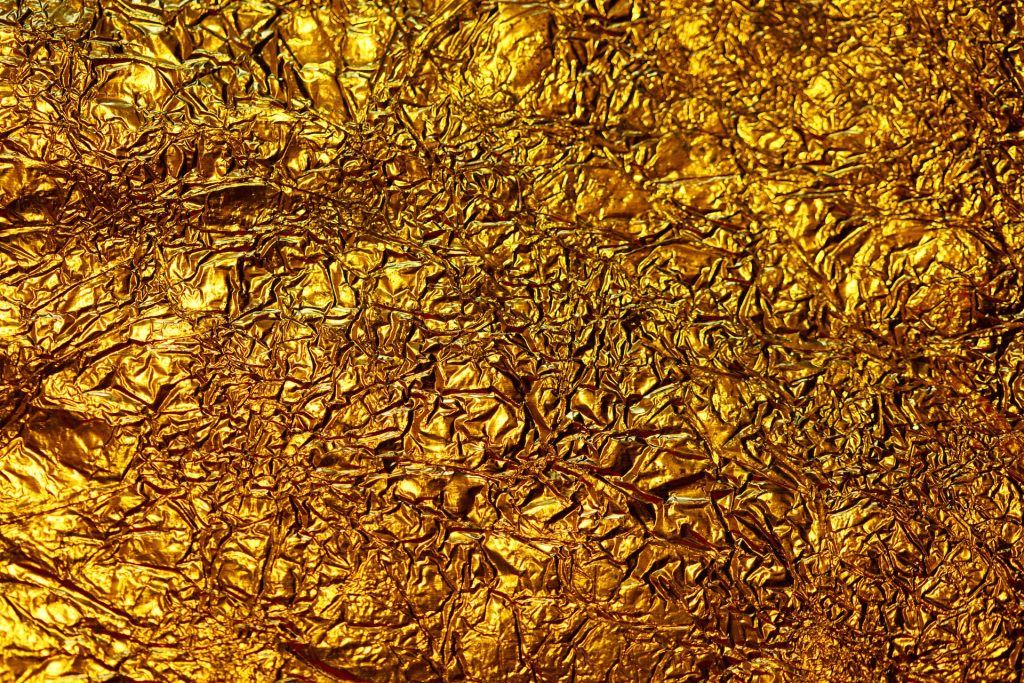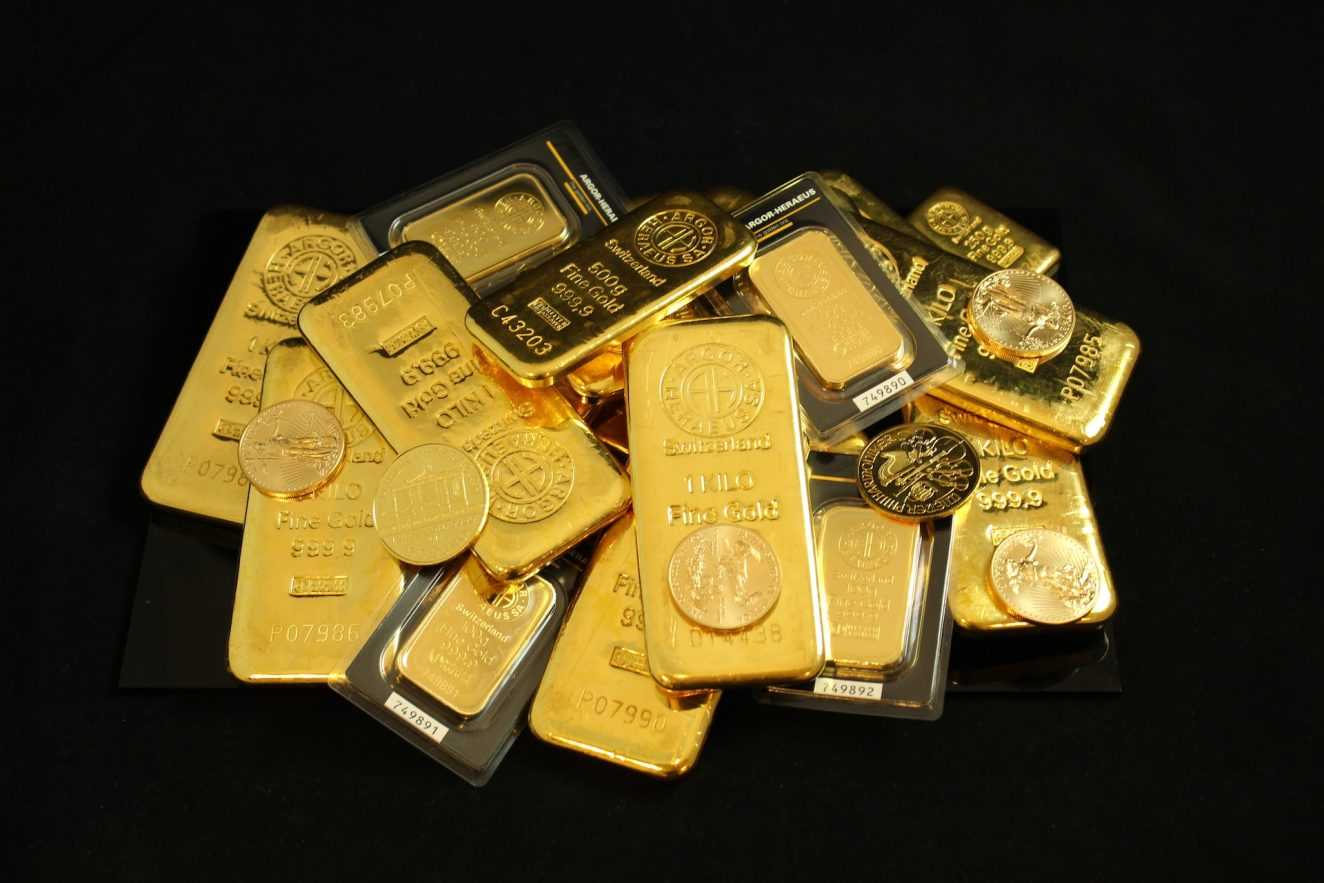In the grand tapestry of human history, few elements have captured our imagination and desires quite like gold. This lustrous metal, with its rich history and cultural significance, has transcended time and become a symbol of opulence and wealth. Join us as we embark on a golden journey, unraveling the mysteries behind its discovery, exploring why it’s synonymous with affluence, examining its true value, and comparing it to other precious gems like silver and diamonds.

How Gold Found Its Place in Human History
The story of gold dates back to ancient civilizations, where its discovery sparked fascination and awe. It is believed that the first evidence of human interaction with gold occurred around 3000 B.C. in the Middle East. The Egyptians were among the first to extensively mine and refine gold, using it for adornments, religious rituals, and as a symbol of pharaonic power.
Gold’s scarcity and unique properties, such as its resistance to tarnish and malleability, made it a prized possession across cultures. From the grand treasures of ancient Greece to the glittering ornaments of the Aztecs, gold became a universal symbol of prestige and divine connection.
Why Does Gold Symbolize Wealth?
The allure of gold as a symbol of wealth is deeply ingrained in our collective psyche. Its scarcity and resistance to corrosion mean that it retains its brilliance over time, unlike other metals. This enduring quality has led to its association with enduring wealth and prosperity.
In many cultures, gold is linked to the divine. The shimmering metal was often used to craft religious artifacts, and its radiant glow was seen as a reflection of the divine radiance itself. Over time, this association with the sacred elevated gold’s status, making it the metal of choice for crowns, thrones, and other symbols of royalty.

Is It Truly Valuable?
Beyond its cultural and symbolic value, gold holds intrinsic value in the world of finance and commerce. Gold is a finite resource, and its scarcity contributes to its high market value. Unlike paper currency, gold doesn’t rely on the stability of governments, making it a reliable store of value.
Investors often turn to gold as a hedge against inflation and economic uncertainty. Its timeless allure ensures that, even in the ever-evolving financial landscape, gold remains a solid investment.
Gold vs. Silver, Diamond, and Beyond
While gold reigns supreme in the realm of precious metals, it shares the stage with other gems of considerable worth. Let’s explore how gold stacks up against its counterparts:
1. Gold vs. Silver:
While silver shares some qualities with gold, such as being a precious metal with industrial uses, gold generally holds a higher market value. Gold’s rarity and enduring appeal contribute to its premium price.
2. Gold vs. Diamond:
Diamonds, revered for their brilliance and hardness, are a different class of precious gem. Gold and diamonds often complement each other in jewelry, each bringing its unique allure to the piece.
3. Gold vs. Platinum:
Platinum, another precious metal, is denser and rarer than gold. It is often considered more exclusive, and its white hue provides a striking alternative to gold in jewelry.

As we navigate the labyrinth of human history, gold emerges not just as a metal but as a symbol of enduring allure and timeless elegance. From ancient pharaohs to modern-day investors, the golden thread weaves through our narratives of wealth, power, and beauty. Its scarcity, resistance to tarnish, and cultural significance have secured gold’s place as a symbol of opulence that transcends generations. So, the next time you gaze upon a piece of gold, remember that you’re not just looking at a metal – you’re witnessing a shimmering testament to humanity’s enduring fascination with the extraordinary.





